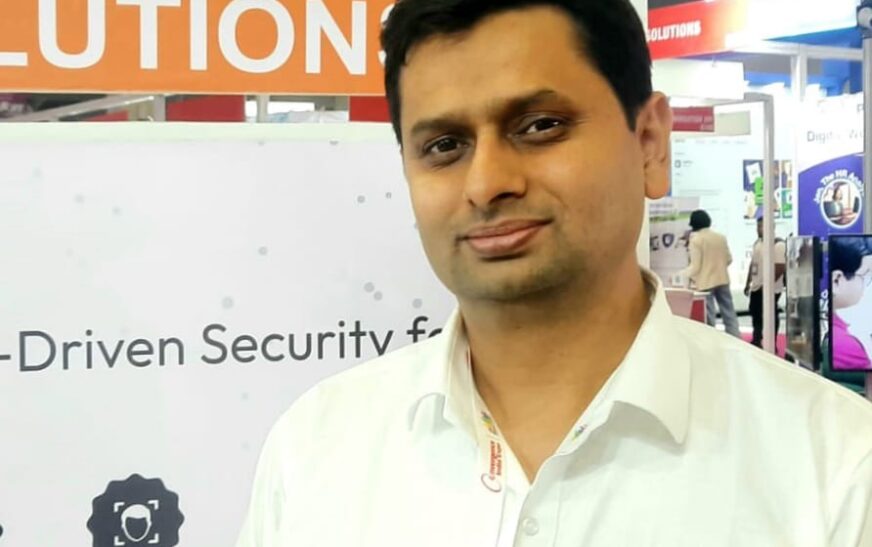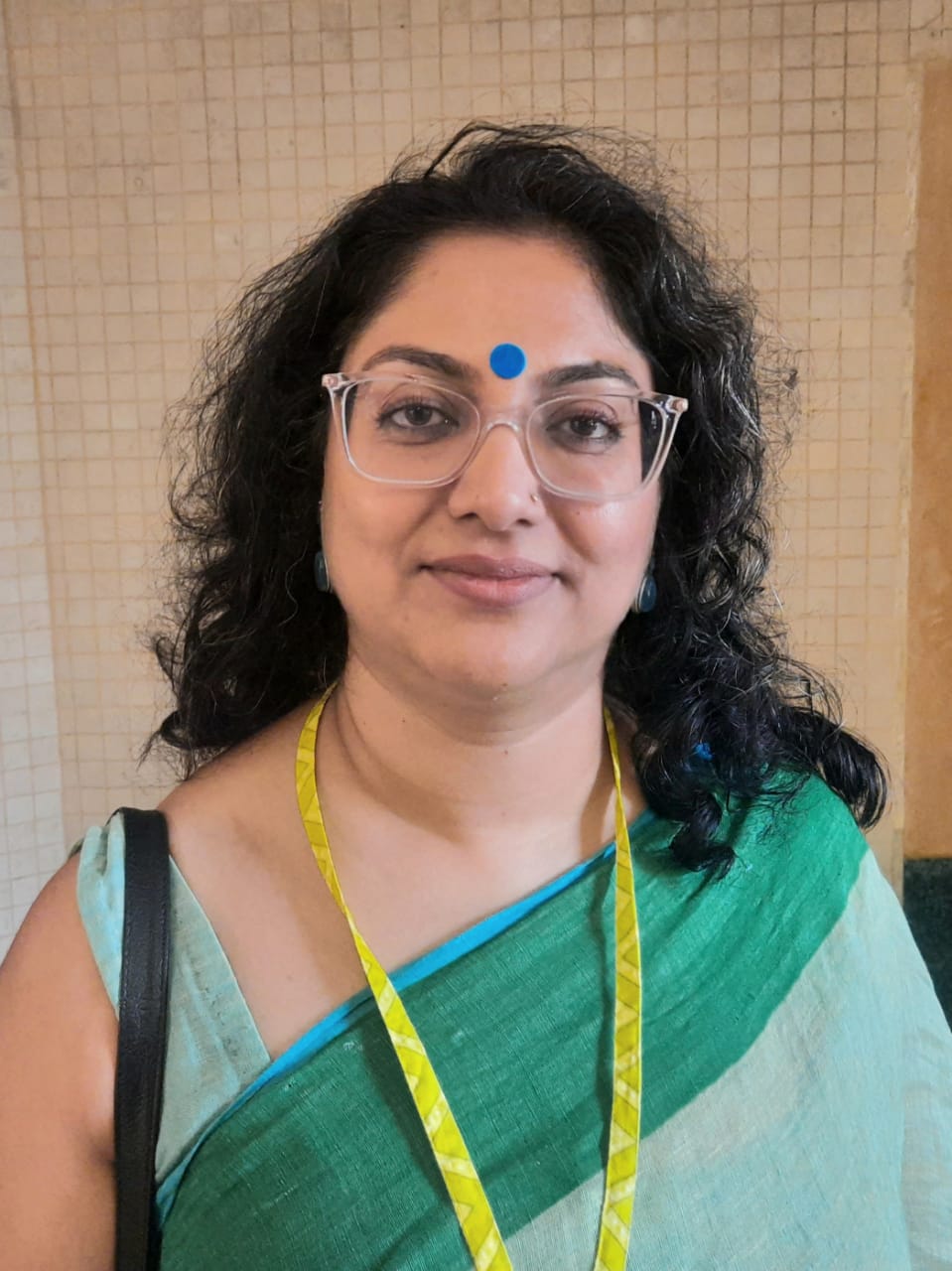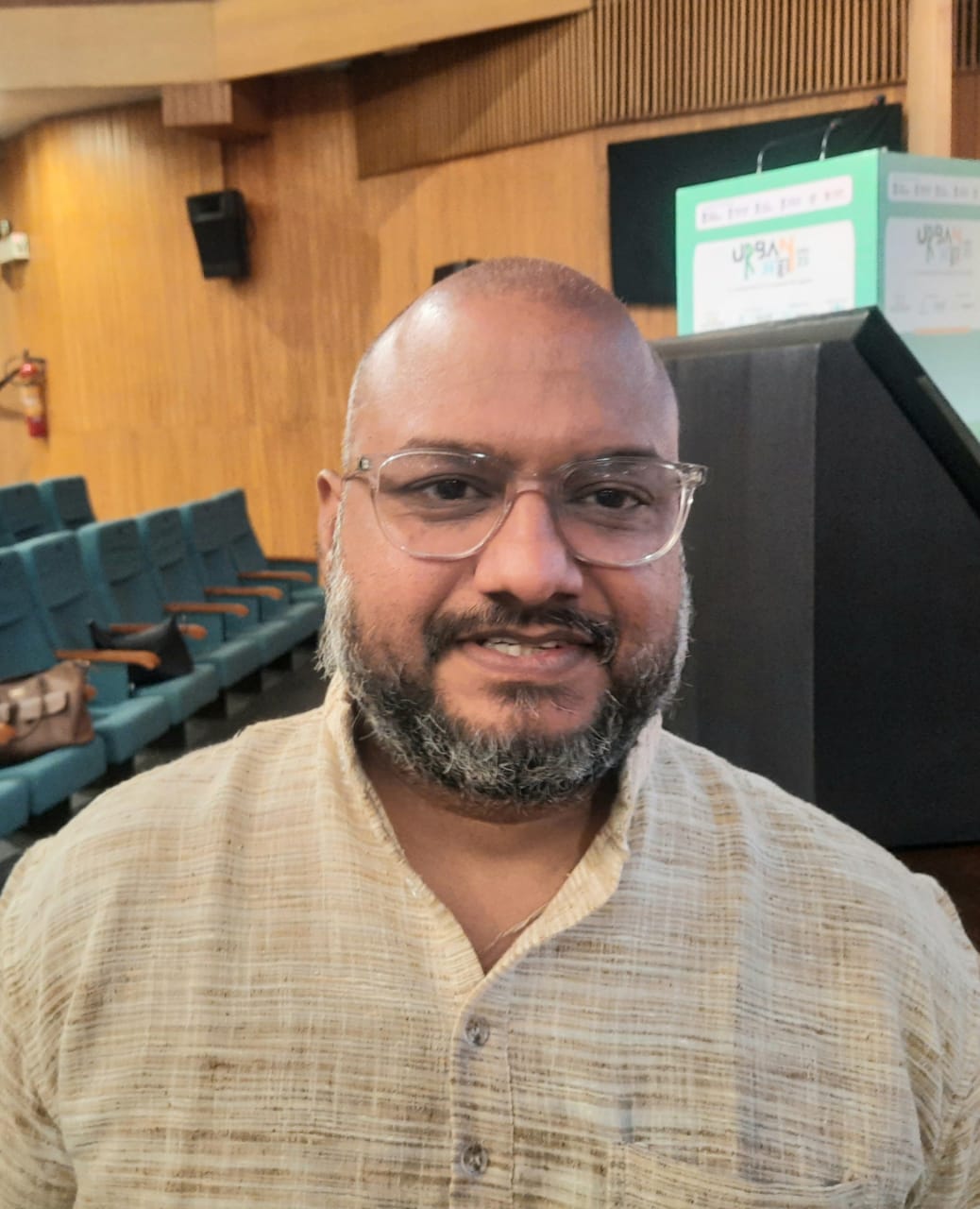VMukti Solutions Pvt. Ltd., established in 2007, is a pioneering Indian technology company specializing in cutting-edge streaming and surveillance solutions. The company develops advanced smart cloud CCTV cameras integrated with artificial intelligence (AI) and machine learning (ML), delivering real-time analytics for enhanced security. Its product portfolio includes Wi-Fi, 4G, thermal, PTZ, 4K, ANPR, face recognition, object detection, and edge AI cameras, along with video management systems (VMS/VAS) and cloud XVR solutions.
VMukti’s surveillance solutions serve diverse sectors, including vehicle surveillance, campus security, school bus monitoring, examination surveillance, healthcare, hospitality, retail, premise monitoring, smart cities, election security, manufacturing, warehousing, and banking. In the streaming domain, the company provides webinar platforms, video call solutions, hybrid live streaming services, media servers, and webcasting platforms.
With a strong focus on innovation, VMukti has built an impressive clientele spanning government agencies, corporate giants, and enterprises. Over 200 corporate customers rely on its solutions, a testament to the company’s expertise and reliability. Its products hold certifications from BIS, ISO, CE, FCC, and ROHS, ensuring adherence to global quality and compliance standards.
VMukti’s patented technologies, including cloud recording and AI-driven analytics, reinforce its leadership in the surveillance industry. The company continues to push boundaries, offering scalable, customizable, and high-performance streaming and security solutions.
In an exclusive conversation with The Interview World, Kushal Sanghvi, CEO of VMukti Solutions Pvt. Ltd. and MD of Adiance Technologies Pvt. Ltd., delves into the AI-driven innovations shaping VMukti’s future. He discusses the company’s breakthrough technologies, the precision of its AI surveillance solutions, and the transformative role of computer vision in agriculture. Here are the key insights from this compelling discussion.
Q: Can you elaborate on the AI-driven solutions VMukti is developing for the visual domain? How do these solutions generate actionable insights across different industries?
A: For over 12 years, we have been deeply entrenched in the video-based surveillance and streaming industry. Over the past five years, surveillance system installations and deployments have surged. Until now, most deployments focused solely on security.
However, scaling surveillance by deploying more cameras presents a major challenge—how do you monitor them effectively? How do you take timely action? This is where the demand for AI-driven solutions has skyrocketed. Businesses no longer just need surveillance; they need actionable insights. AI integration is transforming surveillance from a passive security tool into a powerful, result-oriented system that enhances both safety and operational efficiency.
Industries across the board—education, transportation, and beyond—are leveraging AI-powered surveillance. Take the transportation sector, for example. Initially, cameras were installed to monitor driver behavior and ensure passenger safety. Now, transport operators are using AI-driven analytics to track seat occupancy, identify vacant seats, assess route efficiency, and optimize fleet deployment based on real-time data. This shift enables data-driven decision-making, maximizing both revenue and resource utilization.
This marks a significant transformation. AI-powered CCTV surveillance is evolving beyond security—it is now a key driver of efficiency, productivity, and intelligent business operations.
Q: Can you share the key innovations you have developed so far? Additionally, what new advancements are you planning to build upon these products to stay ahead in the future?
A: As we deploy advanced surveillance solutions, customer requirements have evolved. Previously, five cameras sufficed. Today, businesses demand live, AI-driven alerts with real-time processing. However, AI-based systems require significantly more bandwidth, increasing cloud and internet costs.
To address this challenge, we have innovated cutting-edge compression technology that minimizes data consumption without compromising quality. Our solution ensures scalability and commercial viability, allowing businesses to expand their surveillance networks without excessive costs. By integrating our proprietary algorithm, users can deploy at least three times more cameras on the same infrastructure compared to conventional systems.
For instance, a VMukti camera on a single cloud setup can support up to 800 cameras at the same video quality. In contrast, other systems handle only half that number. Now, imagine deploying 5,000 cameras nationwide—our technology delivers massive cost savings while maintaining seamless video streaming.
Additionally, internet capacity varies across locations. A robust solution must function flawlessly in cities, rural areas, moving vehicles, and fixed stations alike. Our patented algorithm ensures uninterrupted performance across all these environments, making AI-powered surveillance both efficient and accessible anywhere.
Q: AI and computer vision inherently come with certain built-in errors. How do you ensure accuracy in your solutions, and what level of precision do you provide to end customers?
A: We have achieved remarkable accuracy across various AI models. Our standard minimum accuracy stands at 93%, but in some cases, we push it to an impressive 98%. Certain AI applications consistently deliver this 98% precision, ensuring exceptional performance and reliability.
Q: Computer vision solutions are widely deployed across various industries and verticals. With the growing demand in the agriculture sector, are you also expanding into this domain? If so, how do you see its impact on agricultural advancements?
A: The agriculture sector is rapidly emerging as a promising industry. One of its key applications lies in warehouse management, where food grains are stored after harvest.
Advanced technology now enables real-time monitoring of warehouse operations. It tracks the movement of containers carrying vegetables and grains, ensuring they are placed correctly and transported efficiently. This guarantees proper security and minimizes wastage of food and essential produce.
AI-powered live feeds and alerts empower decision-makers with real-time insights. For instance, if the Food Corporation of India deploys such technology nationwide, it can monitor the exact type and quantity of food grains stored in each warehouse. Officials can instantly verify wheat arrivals, vegetable stock levels, and the movement of cargo, enabling swift, data-driven decisions.
Beyond warehousing, technology is revolutionizing farming practices. AI-driven systems can provide live guidance to farmers, ensuring proper irrigation, optimized fertilizer use, and improved crop management. Computer vision-based data enhances decision-making by offering clear, actionable insights.
When data is not just collected but visualized, decision-making becomes sharper, faster, and more effective.
Q: With the computer vision industry expanding alongside IoT, AI, and other integrated technologies in assembly systems, how do you see the opportunities for such advancements in India? Additionally, what share of the market has your company captured so far?
A: This industry is still in its infancy, but the potential is immense. With increasing adoption and strong backing from industry leaders, the landscape is evolving rapidly. The government is now taking a more proactive role in ensuring data security, making it a top priority.
Today, everyone is concerned about the security of their surveillance feeds. Businesses and individuals alike want to ensure that the data captured by their cameras is properly monitored and protected. This shift in awareness is creating an environment where India can compete with global giants like China.
Indian technology is gaining recognition and respect. Buyers are actively seeking homegrown solutions—genuine technological products that meet global standards. At the same time, concerns over data security continue to grow, further driving demand for reliable and secure systems.
This market has only just opened, and the opportunity is massive. According to available data, India will require approximately 1.3 billion surveillance cameras over the next three years—a staggering figure that underscores the industry’s potential.








